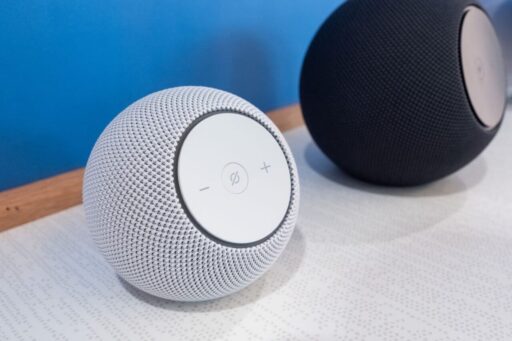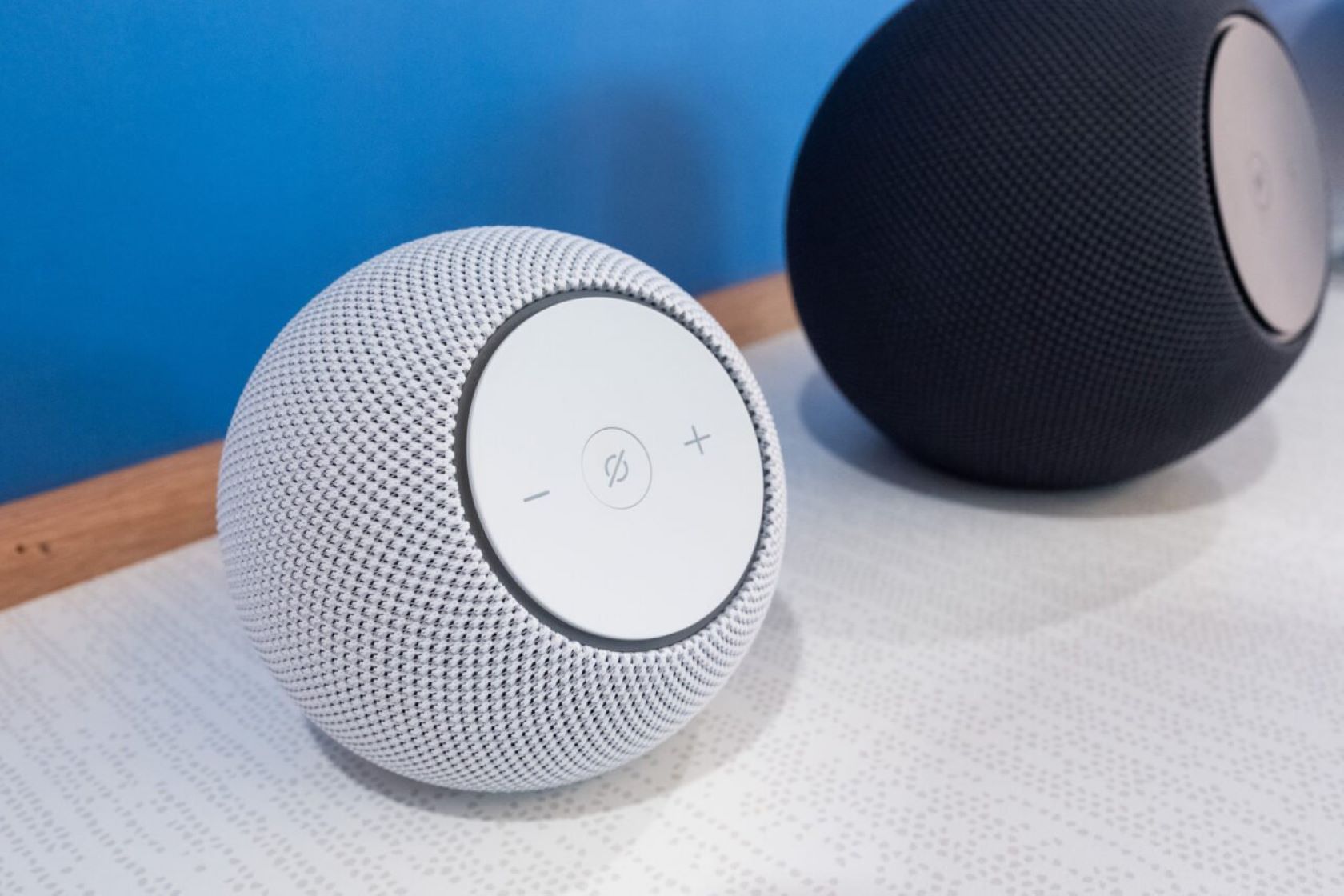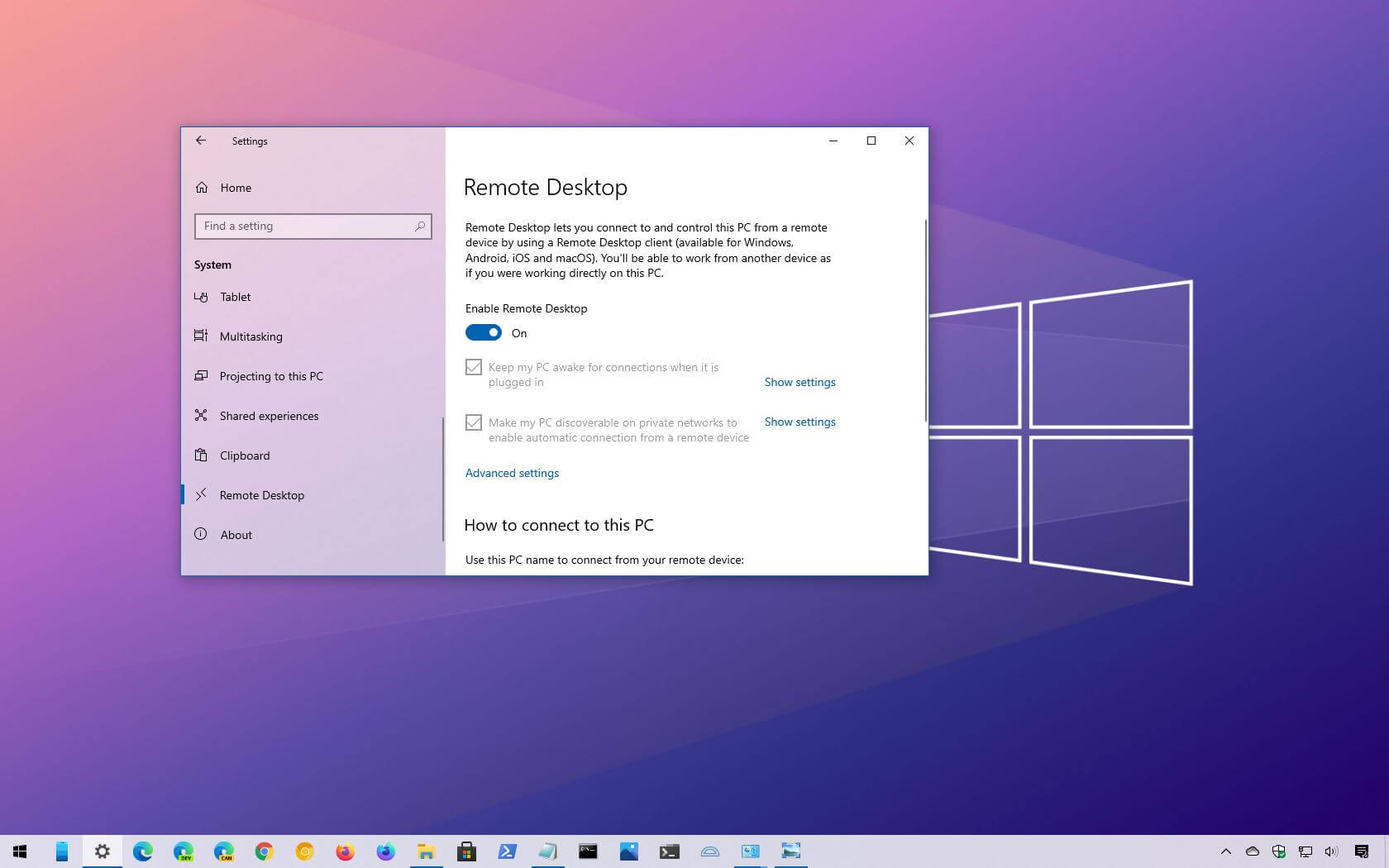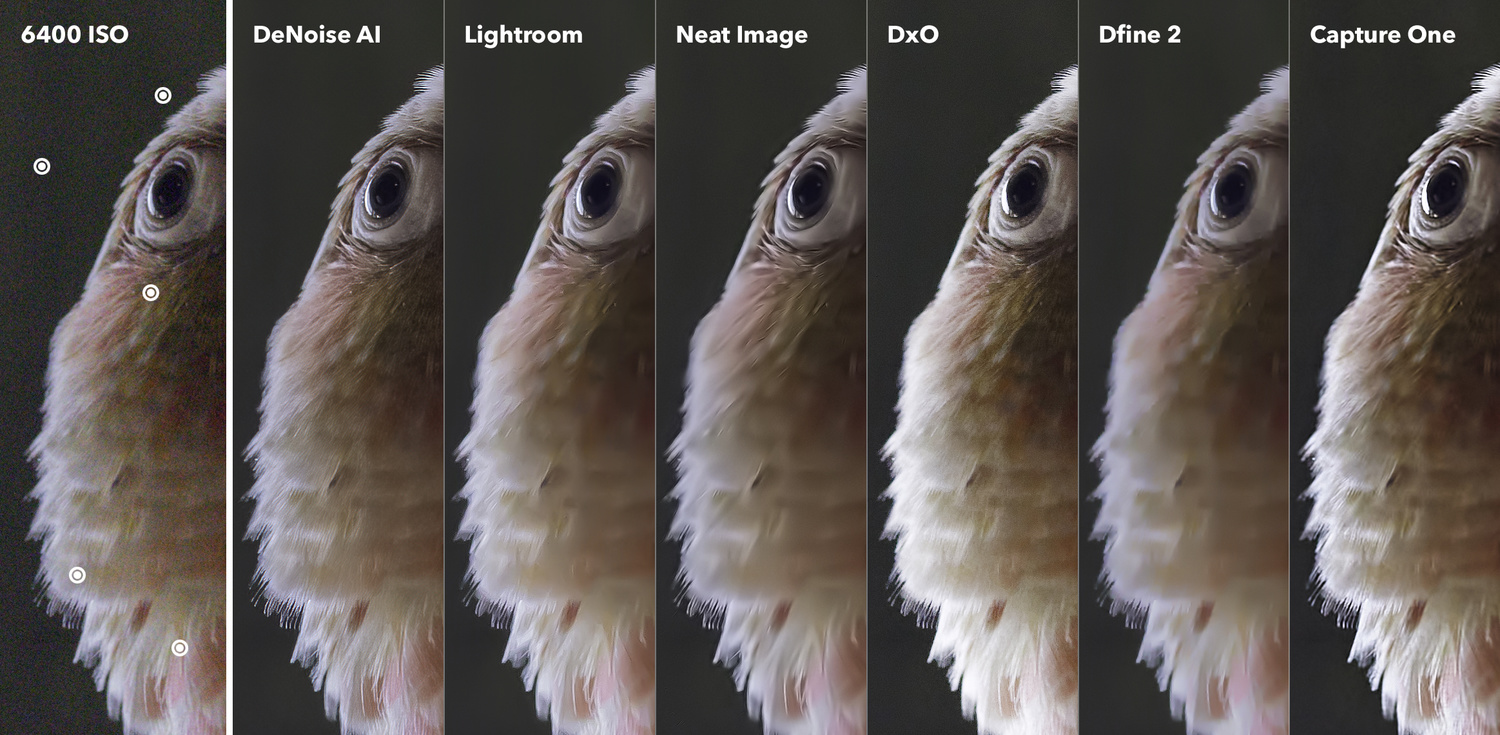Amazon’s smart speaker lineup just got a little bigger with the arrival of the Echo Dot Max, joining the high-fidelity Echo Studio at the top end. And naturally, this brings up the big question for anyone building a smart home: do you actually need more than one Echo speaker? The answer isn’t one-size-fits-all. If you’re only looking for background music in a single space, one speaker might do the job. But if you’re chasing a stereo setup, whole-home coverage, or even a home theater experience, the case for multiple speakers gets stronger pretty quickly.
Key Takeaways
- The new Echo Dot Max delivers better sound than the standard Echo Dot, filling the gap as a strong mid-range option.
- The Echo Studio remains Amazon’s premium speaker, with Dolby Atmos and 360-degree audio aimed at those who care most about sound quality.
- Different Echo models can be grouped for synchronized multi-room music throughout your home.
- For true stereo sound, you’ll need two of the same Echo speakers, such as a pair of Echo Studios or two Echo Dot Maxes.
- A home theater system requires a compatible Fire TV device paired with one or two Echo Studios.
The New Mid-Range Contender: Echo Dot Max
The Echo Dot Max feels like Amazon’s answer to those who want something stronger than the compact Echo Dot but don’t quite want to make the leap to the Echo Studio. It has a larger 1.73-inch front-firing speaker, which helps produce clearer vocals and noticeably deeper bass compared to its smaller sibling. On top of that, it comes with a built-in temperature sensor that can trigger Alexa routines. For example, you could set it to switch on a fan if the room gets too warm.
In everyday use, the Dot Max works best in medium-sized spaces like kitchens or bedrooms. By itself, it fills a room surprisingly well, and what really makes it appealing is how much of an upgrade it offers for only a modest price jump. For a lot of households, it’s a great primary speaker. Or, if you already have other Echo devices, it slots in as a very capable addition to a multi-room setup.
The High-Fidelity Powerhouse: Echo Studio
The Echo Studio has been Amazon’s flagship speaker for a while, and it’s clear why. It’s built for people who care about sound above everything else. Inside are five different speakers, including a downward-firing woofer that delivers impressive low-end punch. What really sets it apart, though, is its support for spatial audio formats like Dolby Atmos and Sony’s 360 Reality Audio. When you play compatible tracks, the sound feels like it’s wrapping around you, which makes for a much more immersive listen.
It’s also worth noting that the Studio doubles as a Zigbee smart home hub, so it can directly control compatible devices like lights, plugs, and sensors without needing an extra bridge. In a large living room or a dedicated listening space, one Echo Studio alone can easily handle everything.
Building Your Speaker Army: When Does It Make Sense?
Owning several Echo speakers isn’t about showing off or cluttering your home. It really comes down to how you want your sound to work for you. There are three main reasons to consider more than one.
Multi-Room Music: Probably the most common reason. Through the Alexa app, you can group speakers so they play in sync. For instance, you could link an Echo Studio in the living room, an Echo Dot Max in the kitchen, and a regular Echo Dot in the bedroom. Then all it takes is, “Alexa, play music everywhere,” and the same song plays seamlessly across your home.
Stereo Pairing: If you’re after proper stereo sound, you’ll need two identical speakers. A pair of Echo Dot Maxes or two Echo Studios can be set up as left and right channels, which creates a wider soundstage that really benefits music listening. The limitation is that you can’t mix and match—an Echo Dot Max won’t pair with an Echo Studio for stereo.
Home Theater: For movie nights, this is where the Echo Studio shines. Pairing one or two of them with a Fire TV Stick 4K Max or Fire TV Cube creates a wireless Dolby Atmos home theater system. The sound quality is a huge step up compared to the speakers built into most TVs, and in many cases, it rivals what you’d get from mid-range soundbars.
At the end of the day, the number of speakers you need depends on your home and how you like to listen. For someone in a smaller apartment, a single Echo Studio could be all that’s necessary. But in a larger home, the appeal of grouped speakers really shows, music that flows from room to room, or the flexibility of setting up a proper stereo system. The good news is that Amazon’s Echo lineup now has a strong option at nearly every level, making it easier to build out a setup that feels right for your space.
Frequently Asked Questions (FAQs)
Q1. Can I pair an Echo Dot with an Echo Studio for stereo sound?
A. No, you can only create a stereo pair with two identical Echo models. For instance, you need two Echo Studios or two Echo Dot (5th Gen) speakers.
Q2. Is the Echo Studio a good replacement for a soundbar?
A. For many people, yes. When paired with a compatible Fire TV device, one or two Echo Studio speakers can create a compelling Dolby Atmos experience that often surpasses budget and mid-range soundbars.
Q3. Do all Echo speakers have a Zigbee hub?
A. No, the built-in Zigbee smart home hub is a feature of higher-end Echo devices, including the Echo Studio and the Echo (4th Gen). The Echo Dot and Echo Dot Max do not have it.
Q4. What is multi-room music?
A. Multi-room music is a feature that lets you play the same audio content on multiple Echo speakers in different rooms at the same time. You can create groups in the Alexa app to control which speakers play together.
Q5. Can I use my Echo speaker as a Bluetooth speaker?
A. Yes, all Echo devices can function as standard Bluetooth speakers. You can pair your phone, tablet, or computer to them and stream any audio.







